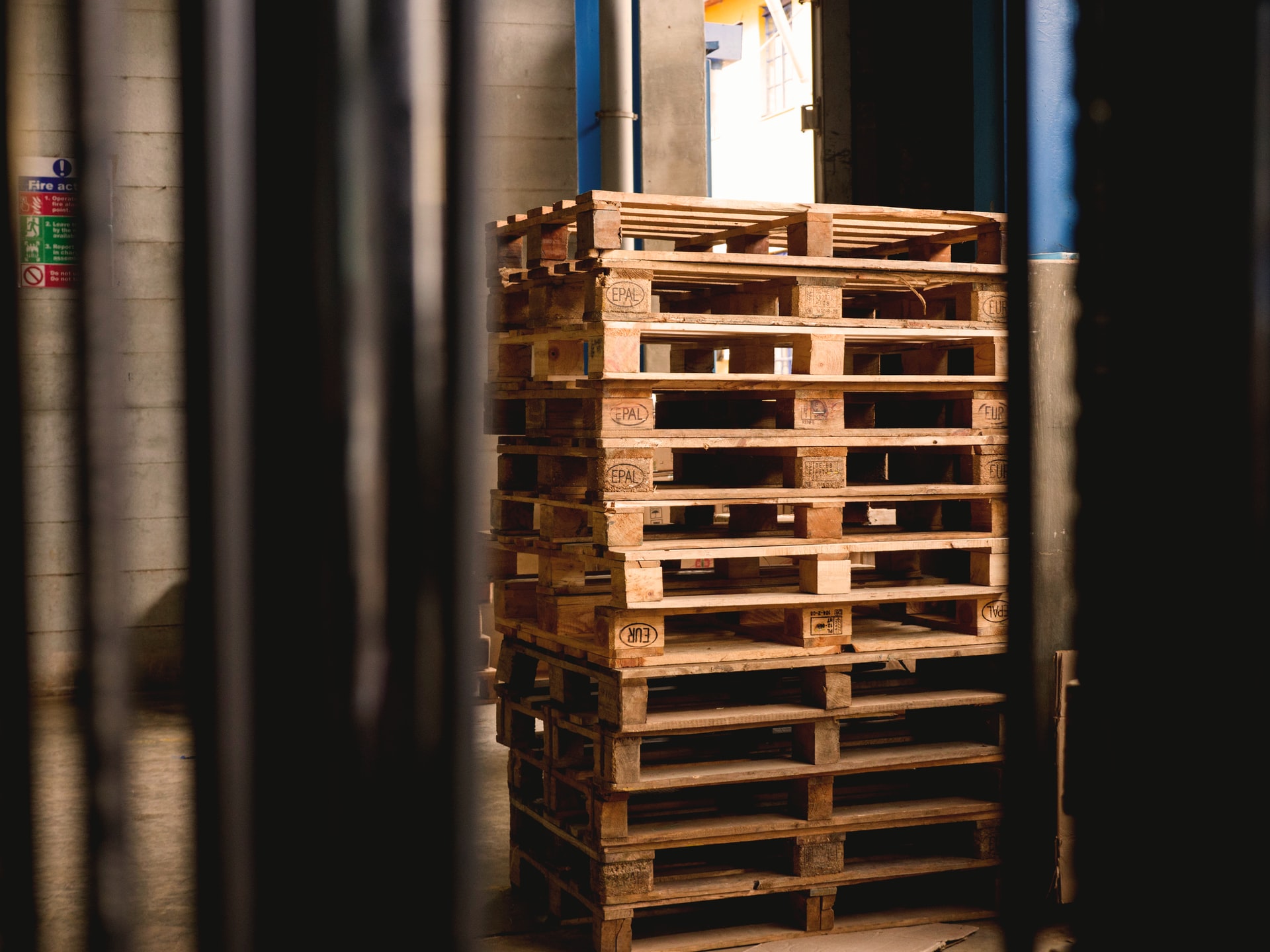Supply Chain Issues Will Last Until 2023

Supply chain issues are expected to last until mid to late 2023. If that is the case, then inflation is far from transitory. That means you will have to brace for more price increases on various goods and a few services as well.
Here is what you need to know.
The Supply Chains Are Weak and so is the Global Economy
Covid-19, or rather, the government’s response to COVID-19 has caused supply chain disruptions. These supply chain disruptions can take place due ports closing down temporarily due to a rise in COVID-19 cases or because of some other related issue. The global supply chain has seen a significant bout of issues when it comes to the movement of goods from point A to point B. One can notice significant dislocations everywhere from containers to transportation routes and even in storage locations. Makers of MRE’s to new vehicles are noting that they will have to scale back on production due to input shortages in one form or fashion.
Of course, manufacturers are also raising the cost of goods to account for demand and additional costs to move goods from point A to point B. The global economy is already in shambles because of the government response to COVID-19. It may look much worse due to these persistent supply chain issues.
Remember that it is hard to change supply chains. The reason why is because once you establish these processes, you base your budgets, and everything around how you source, ship, and distribute these goods.
Lack of Demand to an Increase in Demand and Affects Supply Chains
But the current issues were happening at a small scale before COVID-19. Remember that the United States and China have been a sort of cold war. While President Trump instituted various impositions on Chinese companies to slow down the integration of China into the United States, this had some effects on how companies thought about their supply chains. The real issues could have arrived when China hit back against the agriculture industry in the United States.
This would cause some issues early on.
But COVID-19 would help to rapidly increase issues. The government issued lockdowns would cause significant havoc on economies everywhere. The demand for various goods would decline and manufacturers would respond by decreasing overall output. At the same time, companies would scale back on their need for workers as well. This happened all over the world.
But governments would change the game again in the middle of 2020. They would so really quickly with their stimulus efforts. From the United States to other G-7 countries, one would see varying levels of stimulus. These efforts plus the roll back of lockdowns in several areas led to demand slowly picking up in certain areas.
That additional government money plus the need to start living again caused many consumers to increase their demand for goods. This demand persists to this very day. Meanwhile, companies are still trying to get back into gear amid various flare ups of COVID-19 cases in parts of the world. While the flare ups would be fine in an other wise sane world, in a world where countries like New Zealand and Australia lockdown at the sight of a single sneeze by a newborn pup, it causes frustration and consternation for corporations and the makers and shippers of goods.
As firms still grapple with the increased demand without the supply, costs go up.
Still, firms expect the situation to remain the same “Strong consumer demand has outpaced supply chain operations since late last year and could remain a challenge as the holidays approach,” noted the NRF VP for supply chain and customs policy Jonathan Gold, last week in a statement. “The continuing lack of labor, equipment and capacity has highlighted systemic issues and the need to create a truly 21st century supply chain to ensure resiliency against the next major disruption.”
Disruptions Continue
Shipping container rates are still over six times the price in 2019. Ports are still congested to a certain extent and land transportation is still in a state of disarray. Do you think the situation will resolve as protests, riots, new regime takeovers in places like Guinea and other areas continue to accelerate? Unlikely.
Each part of the process has its respective challenges.
The challenges look like they are increasing as labor shortages and other problems continue. The governments look like they will continue to stimulate in some or fashion, COVID-19 looks like it will abate but hysteria may remain for a while, and labor shortages and other problems look like they’ll persist. The main point: buckle up, it looks like it is going to be a bumpy ride over the next few years.
